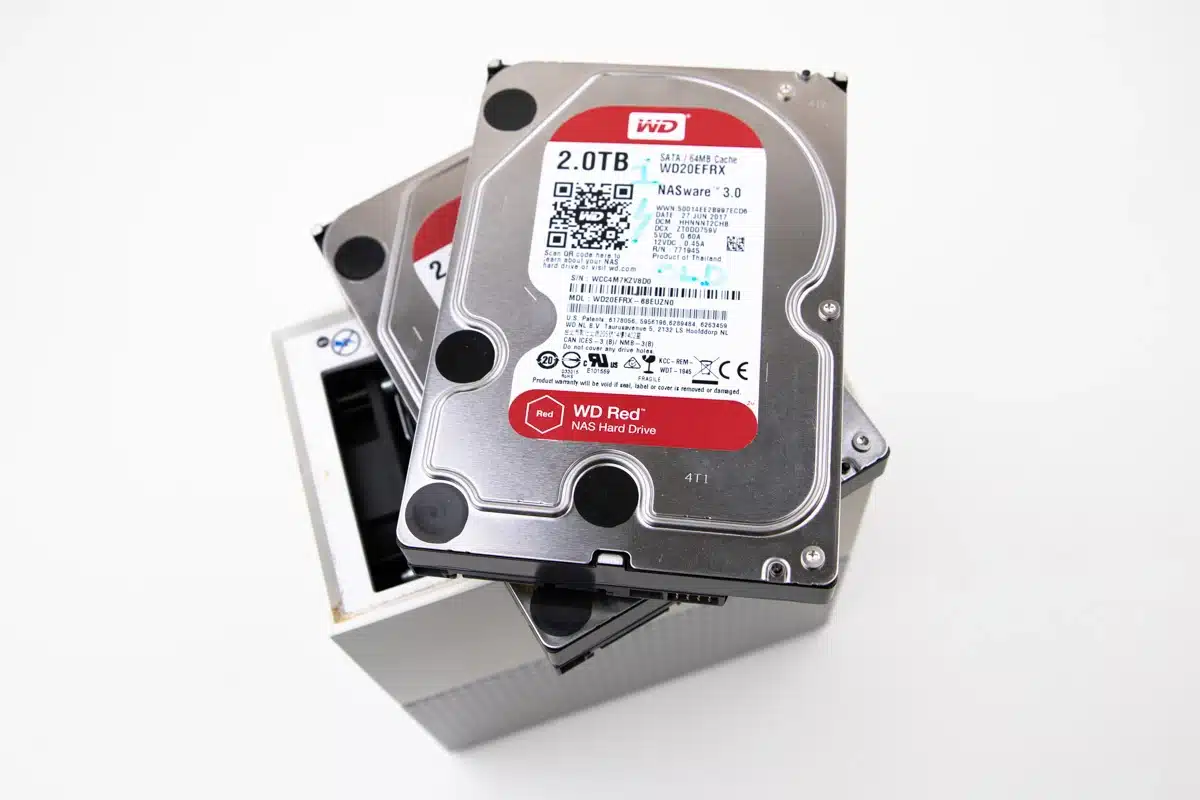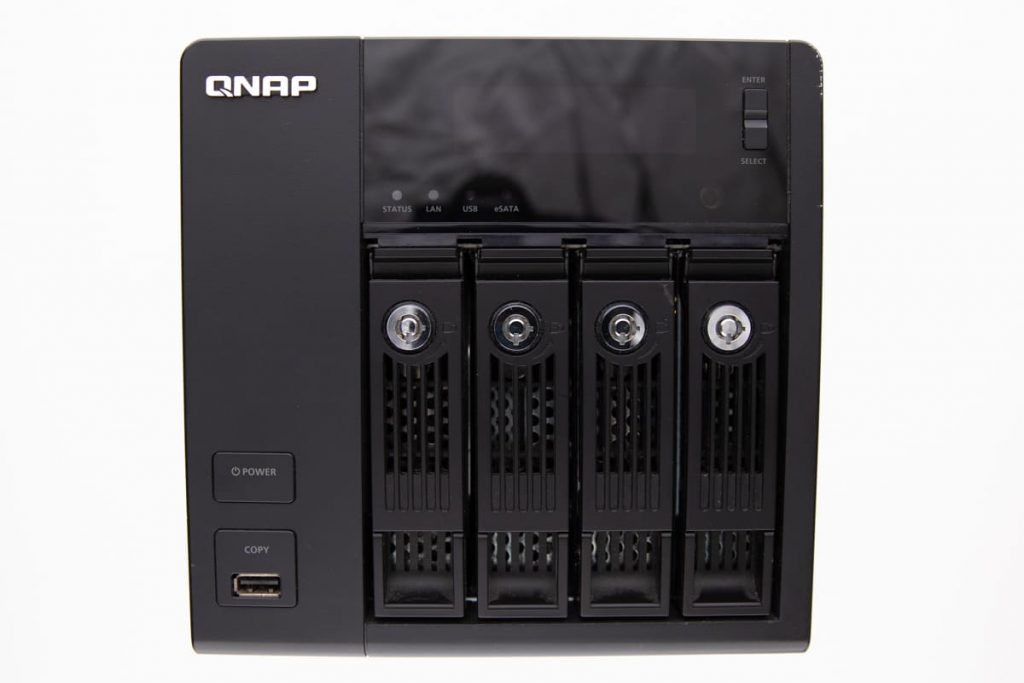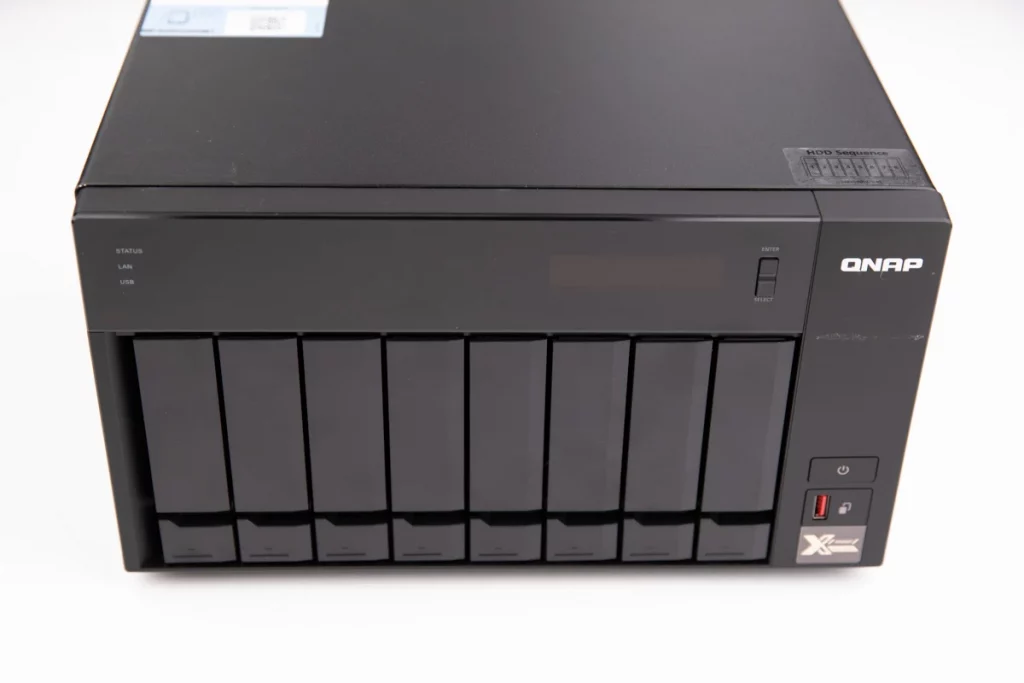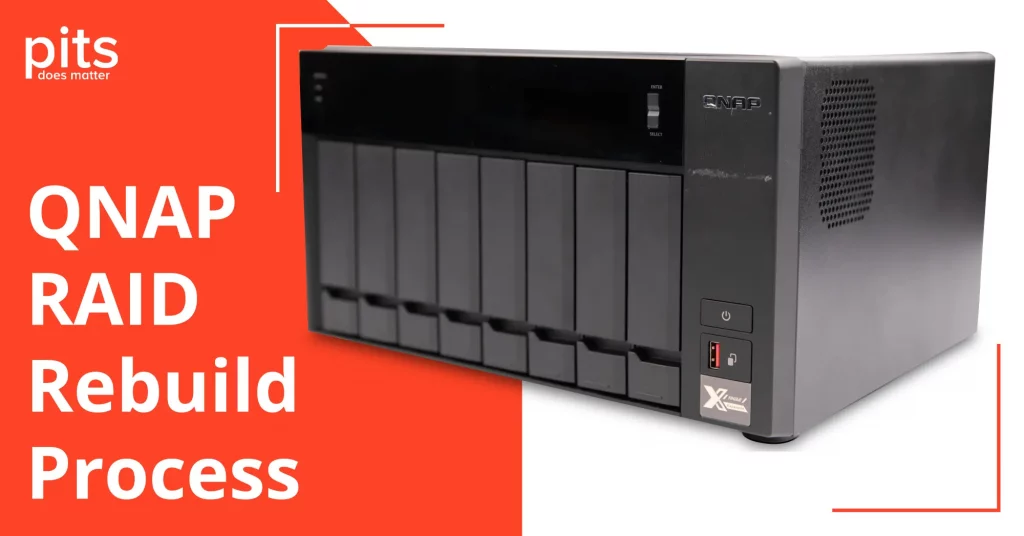QNAP RAID Rebuild process is an integral aspect of data protection and system performance, especially for businesses relying on QNAP systems for data storage. It is necessary to recover and restore a RAID array during disk failure.
This blog post will walk you through the process, providing an in-depth understanding of how the QNAP RAID Rebuild works, when you should consider it, and how to execute it to maintain the integrity of your data.
How Does QNAP Rebuild Work?
QNAP RAID Rebuild is a process that involves restoring data from a failed drive or drives to the remaining drives in the array. It is made possible by redundancy, which ensures that the data can still be accessed and recovered if one or more disks fail.
The rebuild process works by copying data from the surviving disks to the new replacement disk, essentially rebuilding the original data set. Once complete, your RAID array will return to its normal state with all data intact.
When Should You Consider QNAP Rebuild?
There are a few situations where you may need to consider rebuilding your QNAP RAID array:
- Disk failure: If one or more disks in your array have failed, you must initiate the rebuild process to recover lost data.
- Disk replacement: If you need to replace a disk in your array (e.g., for upgrading or increasing storage capacity), the rebuild process will be necessary to restore the data on the new disk.
- System maintenance: The experts recommend running a RAID Rebuild regularly as part of system maintenance, especially if there have been any recent changes or updates to the system.
"*" indicates required fields
How Do You Execute QNAP Rebuild if the Disk Has Failed?
Executing a QNAP RAID Rebuild may vary slightly depending on your specific model and configuration. However, the general steps are as follows:
Identify the failed disk
- The first step is to identify which disk or disks have failed in your array. The system logs, or the QNAP management interface, typically contain this information.
- The first step is to identify which disk or disks have failed in your array. The system logs, or the QNAP management interface, typically contain this information.
Replace the failed disk
- Once you have identified the faulty disk, you can use the hot swap option and replace it with a new one of equal or greater capacity without powering down the system.

- Once you have identified the faulty disk, you can use the hot swap option and replace it with a new one of equal or greater capacity without powering down the system.
Initiate the rebuild process:
- The rebuild process should usually automatically start once you insert the new disk. However, you can manually initiate it through the QNAP management interface if it does not.
Monitor the progress
- The rebuild process can take several hours or even days, depending on the size of your array and the number of disks involved. Monitoring its progress is essential to ensure successful completion.
Verify the data after rebuild
- After completing the rebuild process, performing a data verification check is crucial to ensure the proper restoration of all data. This step is essential for maintaining data integrity and identifying potential errors early.
How to Rebuild RAID 5 QNAP?
Rebuilding RAID 5 on QNAP follows the same general steps as mentioned above. However, there are a few additional considerations to keep in mind for this specific RAID level:
The minimum number of disks
RAID 5 requires a minimum of three disks to function properly, so if one disk fails, it is essential to replace it as soon as possible.
Disk order
The disk order is crucial in RAID 5, so it must be maintained when replacing a failed disk. Check your QNAP management interface or user manual for proper disk replacement and placement guidance.
Performance impact
The rebuild process of RAID 5 can significantly impact system performance as it requires intensive data copying. Schedule the rebuild during off-peak hours to minimize disruption.
QNAP RAID 5 Rebuild without Data loss
QNAP RAID 5 Rebuild without data loss is a vital procedure that requires careful execution. This process starts with identifying and replacing the failed disk with a new one, as in any other RAID rebuild. The difference comes in the data restoration, in which RAID 5 uses parity to rebuild the lost data.
Parity is a form of data protection where the system creates a “backup” of the data on another disk. During the rebuild process, the system uses this parity to recreate the missing data on the new disk, ensuring no data loss.
QNAP RAID 5 Rebuild process’ success heavily relies on the health and stability of the remaining disks. If another disk fails during the rebuild process, it could lead to data loss.
Hence, ensuring all disks are in good health is recommended before starting the rebuild. Additionally, always use the same size or larger disks and the same speed to maintain the system’s performance and integrity.

Regular system maintenance and monitoring can also help prevent unexpected disk failures and consequent data loss, ensuring your data’s safety and accessibility at all times.
Steps to Rebuild RAID 5 QNAP
Here are the necessary steps to rebuild your RAID 5 in a QNAP system:
Identify the failed disk
- Check your QNAP System Logs or management interface to identify which disks have failed in your RAID 5 array.
Remove the failed disk
- After identifying the failed disk, safely remove it from the QNAP system. Be careful not to disturb the remaining disks in the process.
Replace the failed disk
- Install a new disk of equal or higher capacity in the same slot where the failed disk was removed. Be sure to maintain the correct disk order.
Initialize the new disk
- On your QNAP management interface, initialize it so the system can recognize it.
Initiate the rebuild process
Once the new disk is recognized, the rebuild process should begin automatically. You can manually initiate it via the QNAP management interface if it doesn't.
Monitor the rebuild process
- The rebuild may take several hours or even days, depending on the size of your array and the amount of data. Regularly check the progress to ensure it's on track.
Verify the data
- After completing the rebuild process, verify the data to ensure the array's proper restoration and expected functionality. You can do this using the QNAP management interface or manually inspecting some files.
Remember, rebuilding RAID 5 can significantly impact system performance due to intensive data copying. It’s best to schedule the rebuild during off-peak hours to minimize disruption.
Failed QNAP Rebuild RAID 5 - Recovery
QNAP Rebuild RAID 5 failure can occur for various reasons, including another disk failure during rebuilding, power outages, or software bugs. Such failures can be devastating, leading to data loss and disruption of essential services

The failure may also occur due to overwriting parity data, rendering the RAID unable to rebuild and recover the data. Consequently, it is crucial to have a reliable data recovery plan in place to safeguard against such eventualities.
QNAP Rebuild RAID 5 failure should be cautiously approached, as mishandling could lead to permanent data loss. For this, you need the help of professionals with the expertise and tools to recover data safely.
In such instances, PITS Global Data Recovery Services comes highly recommended. We have a proven track record in successfully recovering data from failed RAID systems and possess a deep understanding of QNAP NAS systems. Trusting PITS Global with your QNAP NAS recovery ensures that your data is in good hands, and every possible measure will be taken to restore your lost data safely and efficiently.
Frequently Asked Questions
What is RAID 5?
RAID 5 uses block-level striping with distributed parity data across all disks, enhancing performance and ensuring data redundancy. In case of a disk failure, the system can rebuild lost data using the parity information.
How long does rebuilding RAID 5 on a QNAP system take?
The rebuilding process duration can vary depending on the disk size, the amount of data, and the system’s performance. It could take several hours or even days.
What happens if another disk fails during the RAID 5 rebuild process?
If another disk fails during the rebuild process, it can lead to data loss. This situation highlights the importance of maintaining the health of all disks in your RAID system.
How can I prevent a RAID 5 rebuild failure?
Regular system maintenance, monitoring the disks’ health, and using the same size and speed of disks can help prevent RAID 5 rebuild failures.
What should I do in case of a RAID 5 rebuild failure?
In case of a RAID 5 rebuild failure, help from professionals like PITS Global Data Recovery Services. They have the expertise and tools to recover your data safely.
